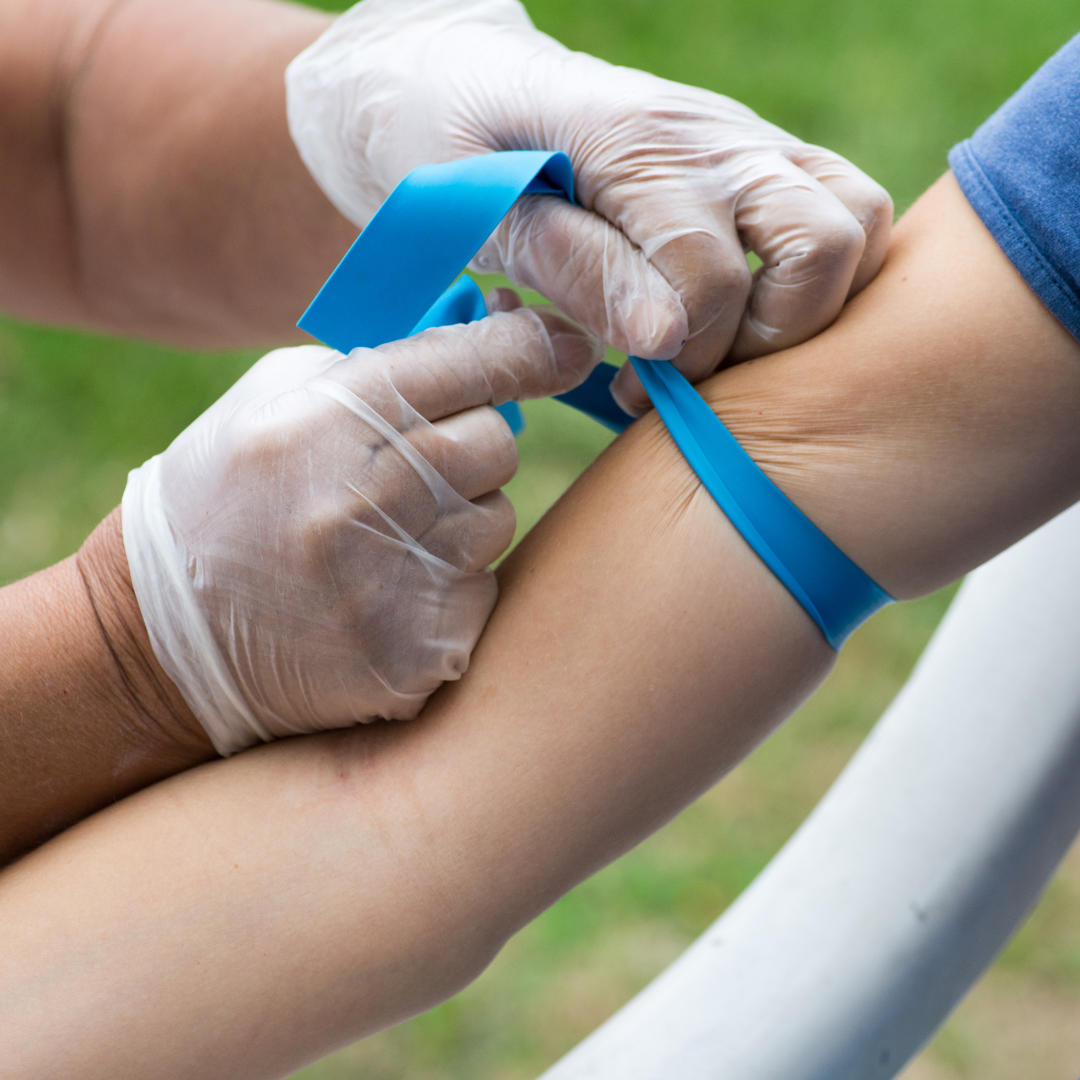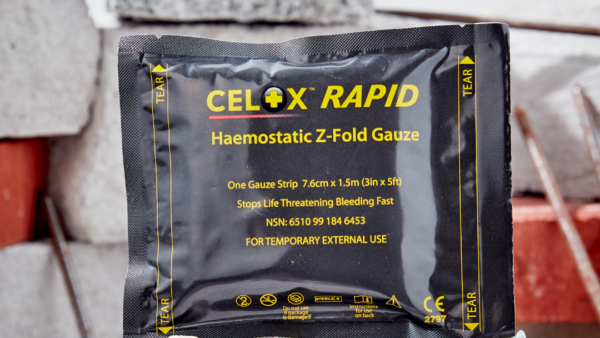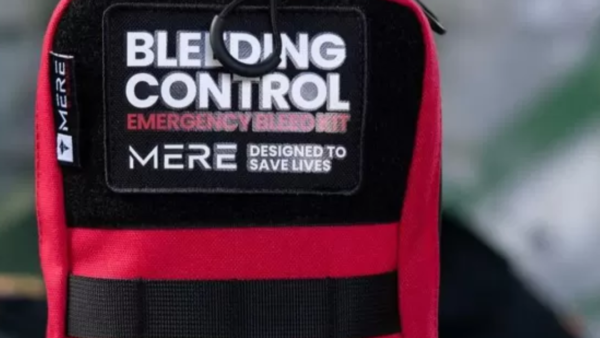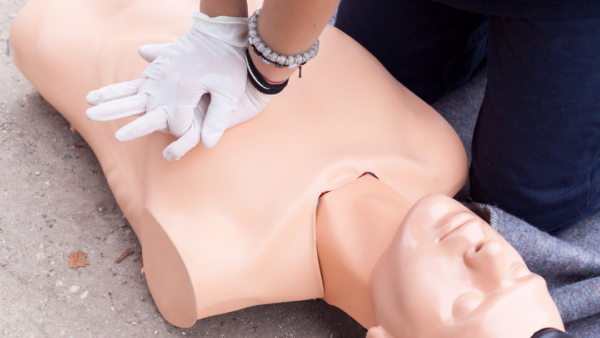Introduction to medical C-A-T tourniquets
Medical emergencies can occur at any time and in any place, making it crucial for medical professionals to be equipped with the necessary tools to save lives. One such tool that has proven to be invaluable in emergency situations is the medical C-A-T tourniquet. In this comprehensive guide, we will explore the importance of tourniquets in medical emergencies, the different types of tourniquets available, and how to properly use a medical cat tourniquet.
The importance of tourniquets in medical emergencies
When faced with severe bleeding, time is of the essence. In situations where traditional methods of controlling bleeding are ineffective, tourniquets can be a life-saving intervention. Tourniquets work by applying pressure to the injured limb, effectively stopping the flow of blood. This not only prevents further blood loss but also allows medical professionals to focus on other life-saving interventions. It is important to note that tourniquets should only be used in situations where immediate medical attention is not available and when the risk of bleeding outweighs the potential risks associated with tourniquet use.
Understanding the different types of tourniquets
There are several types of tourniquets available, each with its own advantages and disadvantages. The most commonly used tourniquets include the windlass tourniquet, the pneumatic tourniquet, and the CAT (Combat Application Tourniquet) tourniquet. The windlass tourniquet consists of a strap and a rod that is twisted to apply pressure to the limb. The pneumatic tourniquet uses air pressure to occlude blood flow. The CAT tourniquet, which is the focus of this guide, is a simple and effective device that can be applied with one hand, making it ideal for use in emergency situations.
How to properly use a medical C-A-T tourniquet
Proper application of a medical C-A-T tourniquet is crucial to ensure its effectiveness and prevent further injury. To apply a C-A-T tourniquet, follow these steps:
- Locate the site of bleeding and ensure the tourniquet is easily accessible.
- Place the tourniquet around the limb, approximately two to three inches above the site of bleeding.
- Pull the free end of the tourniquet to tighten it around the limb.
- Twist the rod or windlass until the bleeding stops.
- Secure the rod or windlass in place using the provided clip or strap.
- Note the time of application and communicate this information to medical personnel upon their arrival.
It is important to periodically reassess the patient’s condition while the tourniquet is in place and release the pressure if the bleeding has stopped or if medical help is imminent.
Benefits and limitations of medical C-A-T tourniquets
Medical cat tourniquets offer several benefits in emergency situations. They are easy to apply, allowing for quick intervention and potentially saving lives. They are also lightweight and compact, making them easily transportable and ideal for use in pre-hospital settings. However, it is important to note that tourniquets do have limitations. Prolonged application of a tourniquet can lead to tissue damage and limb loss, making it crucial to seek immediate medical attention once a tourniquet has been applied. Additionally, tourniquets may not be effective in controlling bleeding from certain types of injuries, such as arterial tears. In these cases, alternative methods should be utilized.
Training and certification for tourniquet use
Proper training and certification in tourniquet use are essential to ensure the safety and effectiveness of their application. Medical professionals should undergo training that includes theoretical knowledge and practical hands-on experience. Training programs should cover topics such as identifying appropriate situations for tourniquet use, correct application techniques, and potential complications. Certification should be obtained through accredited organizations that follow established guidelines and standards. Ongoing training and re-certification should also be pursued to ensure that medical professionals are up to date with the latest evidence-based practices.
Best practices for storing and maintaining tourniquets
To ensure the reliability and effectiveness of medical C-A-T tourniquets, proper storage and maintenance practices should be followed. Tourniquets should be stored in a clean and dry environment, away from extreme temperatures and sunlight. Regular inspections should be conducted to check for signs of wear and tear, such as frayed straps or damaged windlasses. If any damage is detected, the tourniquet should be replaced immediately. Additionally, it is important to regularly review and update the tourniquet inventory to ensure an adequate supply is available when needed.
Common misconceptions about tourniquets
Despite the proven benefits and effectiveness of tourniquets, there are still some common misconceptions surrounding their use. One misconception is that tourniquets can cause permanent damage or lead to limb loss. While prolonged application of a tourniquet can indeed cause tissue damage, when used properly and in appropriate situations, the benefits of tourniquet use far outweigh the potential risks. Another misconception is that tourniquets should only be used as a last resort. In reality, tourniquets should be considered early in the management of severe bleeding, as they can significantly increase the chances of survival.
Conclusion: The role of medical C-A-T tourniquets in saving lives
Medical C-A-T tourniquets are a vital tool in emergency medical care, enabling medical professionals to quickly and effectively control severe bleeding and save lives. Understanding the different types of tourniquets, proper application techniques, and the importance of training and certification are key to ensuring their safe and effective use. By following best practices for storing and maintaining tourniquets, medical professionals can be confident in their preparedness to respond to medical emergencies. Through real-life examples and dispelling common misconceptions, it is clear that tourniquets are a crucial component of emergency medical care and have the potential to make a significant difference in saving lives.






